If you’re looking for a way to make your move easier, consider hiring moving companies. These professionals offer a variety of services, including packing and unpacking. They also provide boxes with labels for different rooms, saving you the trouble of writing a note on each box.
Whether you’re moving across the state or worldwide, these companies can help. They are also licensed and insured.
While it may seem like a moving company is just a bunch of people gathered together to help you move, there’s a lot more going on behind the scenes than meets the eye. In-house surveying, cost estimation, issuance of moving estimates, pre-move booking, juggling schedules, and provision of services are just some of the tasks that they take care of daily.
For instance, when you hire a residential or commercial moving company, they’ll send a professional relocation specialist to your home to complete a visual survey. This allows them to determine the approximate weight of your items, as well as any potential packing challenges their packers will face (e.g., antiques and pianos). Then, they’ll provide you with a detailed relocation estimate.
Moreover, a top-rated moving company will also help you find a suitable shipping service based on the size and the distance of your move. For example, if you’re moving internationally, they’ll provide you with Less Container Load (LCL) shipping options. This is a great option for smaller moves that don’t require the use of a full container load, which is more expensive.
Once your move is underway, your movers will prepare your items for transport by placing them in moving vehicles such as vans or trucks. They will also label each box to ensure that all your items arrive at the right place in your new home or office. In addition to this, most full-service moving companies will also clean up the mess they leave behind.
To increase operational efficiency, you can implement CRM for movers that will automate your sales and marketing processes. This way, all your employees will have access to a centralized hub with all the necessary information they need to deliver high-quality customer service. Furthermore, you can create a consistent set of procedures and guidelines so that your employees can deliver a seamless experience for your customers. With a moving company CRM, you can nurture your leads, convert them into customers, and retain them for the long run. Ultimately, this will result in more referrals and repeat business for your company.
They Are Licensed and Insured
A licensed moving company follows specific guidelines regarding insurance, safety measures, financial responsibilities and more. They are also subject to inspections and must adhere to certain standards. This ensures your move is carried out by a trusted and reputable business. This is why it’s important to ask for proof of license and insurance when interviewing movers. You can check for these credentials by looking at past customer reviews and by using a tool that displays movers’ insurance certificates.
Licensed movers must hold cargo, auto, and workers’ compensation insurance. You should also check if they have a DOT number – a unique federal identification number – and a commercial drivers’ license from the FMCSA. This information can be found on their website or through the FMCSA’s online database. This way you can see the size of their fleet and safety history.
In addition to insurance, a moving company should carry a bond. This is a form of insurance that protects you from theft by the movers. It’s important to verify the amount of coverage and the expiration date. In addition, look for a COI that includes the name of the insurance carrier, the policy number and a contact phone number.
Another important aspect of a moving company is accreditations from industry groups and consumer protection agencies. You can find a list of accredited moving companies on the BBB’s website. These institutions accredit moving companies that meet certain requirements, and they are typically safer and more trustworthy than unaccredited companies.
If you are moving long distance, look for a company with a valid interstate USDOT number and a commercial drivers’ license from the state transportation department. This will ensure that the company has the necessary equipment to safely transport your belongings. You can also check the company’s compliance history on the FMCSA database to make sure they’re safe and reputable.
For local moves, you’ll pay the moving company by the hour for their services. However, for long-distance moves, you’ll be charged based on the total weight and the exact distance between locations. The movers will then provide you with a binding estimate that won’t change unless your inventory changes.
They Are Reliable
When you hire a moving company, you’re trusting them to transport your belongings safely and securely. This means they must be reputable, which you can easily find out by asking the right questions. Inquire about their staff screening practices, insurance policies, and more. You can also check the Better Business Bureau to see if any complaints have been filed against them.
Reliable movers are familiar with the ins and outs of packing boxes, wrapping furniture and delicate items, and loading/unloading large and bulky items. They have access to specialized equipment like dollies, furniture pads, and moving straps for added safety during transit. They also have trucks specifically designed for hauling heavy items, and they know how to properly load them to ensure the safest travel.
It’s also important to check a moving company’s licensing and insurance before hiring them. You can typically do this by looking at their website or calling them to ask for details. If they can’t provide you with the information you need, it’s probably best to move on to a different company. You should also ask about their DOT number (which identifies commercial vehicles that are licensed to haul cargo for hire) if they operate between states.
Another question you should ask is whether or not the company offers full-service moves or self-service. A reputable full-service moving company will take care of every aspect of your relocation, from packing and loading to unpacking and arranging your items in your new home. This option is typically more expensive than a self-service move, but it’s often well worth the extra cost to have someone else handle all the hard work for you.
One of the most reliable movers around is North American Van Lines. This nationwide company is experienced in local, long-distance, and international relocations, and they offer a variety of moving options, including storage services and moving containers. They’re also known for their streamlined claims process, which allows customers to file a claim online or by phone rather than having to navigate through an automated customer service system. It’s easy to see why they’re such a popular choice for domestic and international moves alike.
They Are Affordable
Whether you are a homeowner moving within the same town or a renter who is moving across the country, you can save time, money, and owe fewer favors to your friends by hiring movers. In a highly competitive industry, many companies do whatever they can to attract customers by offering a range of services at affordable prices.
It is important to reach out to several moving companies, both online and in person, for quotes on the cost of your move. In addition, be sure to read reviews from previous clients and consider the ratio of bad to good experiences. A company with a high number of complaints may not be worth your time.
Most moving companies charge by the hour for local moves, but long-distance moving fees are based on a combination of factors, including the weight of your shipment and the distance between locations. Some companies offer additional services, such as packing and storage, for an extra fee.
To provide an accurate quote, a moving company will usually send an inspector to your home for a walk-through and inspection. This is a better option than getting an estimate over the phone or in an email, as it can lead to inaccurate or inflated charges on your final bill. Some movers offer a binding estimate, which guarantees the price of your move.
Aside from costs, consider the core values and missions of the companies you are considering. Some are committed to giving back, and others support veterans or local residents in various ways. These are great things to look for in a moving company, as it can add to the overall experience and make your move even more enjoyable.
Once you have narrowed your list of potential movers, select a few that check all the boxes for you and your budget. Finally, review the online reputation and reviews of each to find your perfect match. Then, choose the one that offers a price you can afford, and schedule an appointment to start your next chapter. Good luck!


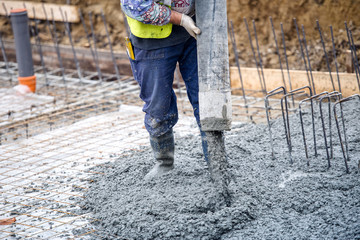
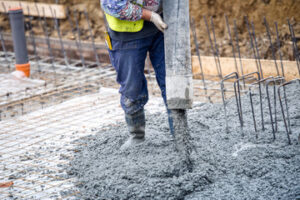
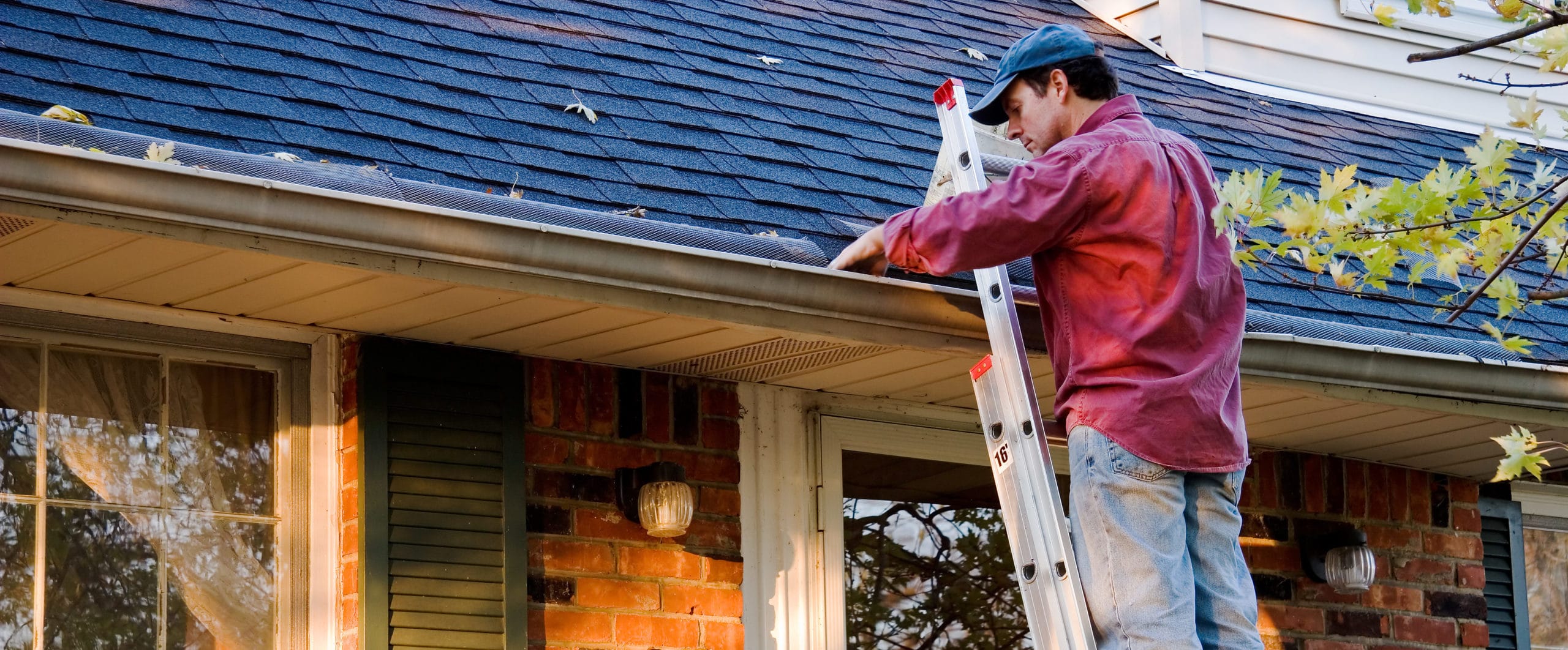

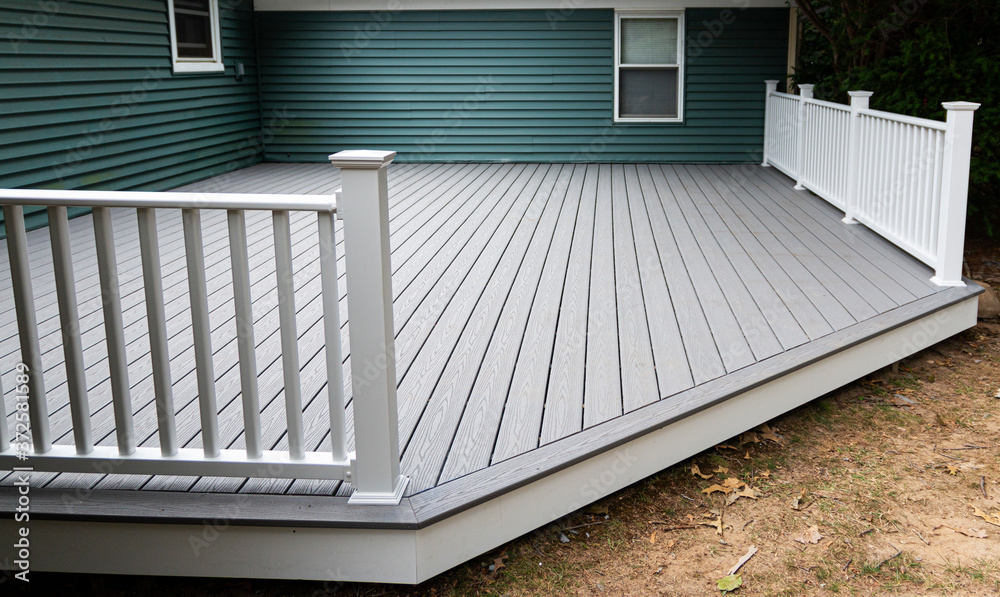
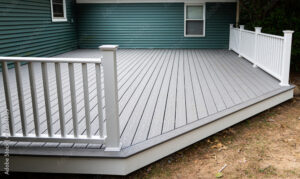



 Project Management
Project Management


 Renovating a kitchen can improve the overall function of a home. It also adds value to the property.
Renovating a kitchen can improve the overall function of a home. It also adds value to the property. 

